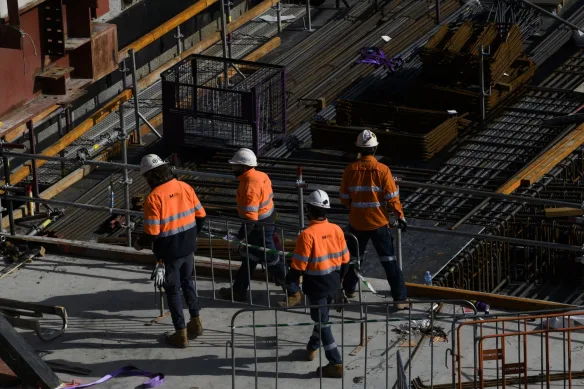
Traditionally, the design manager role in construction projects resided almost exclusively with architects. These professionals were entrusted not only with creative design but also with coordinating the complex information flow between all consultants involved in a project. Architects were responsible for ensuring design information was high-quality, delivered on schedule to enable subsequent tasks, and satisfied the requirements of design, procurement, and construction processes.
The Shift to Integrated Design Management
Today, this critical role has undergone a profound evolution, becoming significantly more robust and distributed. The traditional procurement model has given way to specialized approaches where architects serve as just one component in a diverse ecosystem of expertise. Professional contractor firms now participate in every aspect of the development process, bringing specialized knowledge that enhances project outcomes.
This transformation didn’t happen overnight. It emerged as a response to increasing project complexity, technological advancements, regulatory changes, and market demands for greater efficiency and cost control. As buildings and infrastructure became more sophisticated, the knowledge required to successfully deliver projects expanded beyond what a single profession could reasonably master.
Modern Procurement Methods
The diversification of design management is reflected in various contemporary procurement methods, each offering distinct advantages:
- Design and Construct (D&C): Consolidates design and construction responsibilities under a single entity, reducing coordination issues and potentially accelerating project timelines.
- Managing Contractor: Brings specialist construction expertise into the design phase, ensuring buildability while maintaining client control over design decisions.
- Project Management: Introduces dedicated professionals who coordinate all aspects of the project lifecycle, acting as the client’s representative.
- Construction Management: Focuses on optimizing the construction process through expert scheduling, resource allocation, and quality control.
- Turnkey: Delivers fully operational facilities ready for immediate use, with a single point of responsibility for the entire project.
Tangible Benefits of Evolved Design Management
This evolution has generated substantial benefits for clients and projects:
Construction companies now leverage in-house specialized knowledge in procurement and construction processes that can generate significant cost savings—often tens or hundreds of thousands of dollars on larger projects. Beyond financial advantages, the integration of specialized expertise leads to:
- Enhanced quality: Specialized input from the earliest stages catches potential issues before they become expensive problems.
- Procurement efficiencies: Strategic purchasing, value engineering, and supply chain optimization reduce costs while maintaining quality.
- Construction streamlining: Expert planning and sequencing minimize delays and resource waste.
- Improved contractor coordination: Professional management of the complex network of subcontractors and suppliers ensures everyone works in harmony toward project goals.
- Risk mitigation: Early identification and management of potential challenges before they impact project timelines or budgets.
Selecting the Right Approach
Like the wheel—a fundamental invention that has been adapted for countless applications—each procurement method has specific advantages and limitations. The optimal choice depends on various factors including project size, complexity, timeline constraints, budget considerations, and the client’s risk tolerance and involvement preferences.
For straightforward, small-scale projects, traditional approaches may remain perfectly adequate. However, as complexity increases, the value of specialized design management becomes more pronounced. Sophisticated clients increasingly recognize that the initial investment in proper design management pays dividends throughout the project lifecycle.
Looking Forward
As construction technology continues to advance through Building Information Modeling (BIM), prefabrication, and integrated project delivery methods, the role of design management will likely evolve further. The future points toward even more collaborative approaches where information flows seamlessly between all stakeholders from concept through completion and into operation.
The most successful projects now recognize that effective design management isn’t about a single role but rather a distributed responsibility requiring collaboration between specialized experts, all working toward the common goal of delivering exceptional built environments efficiently and effectively.


